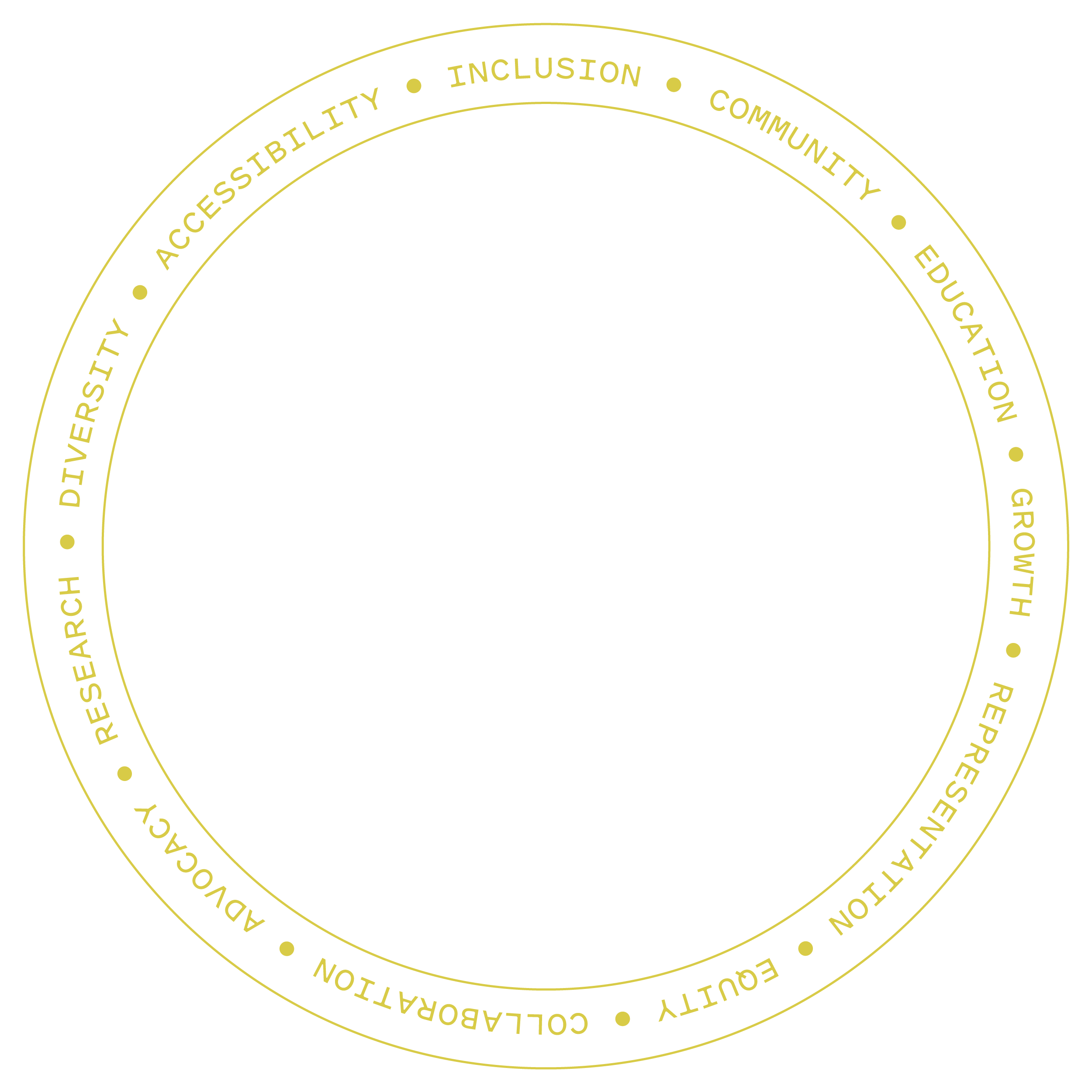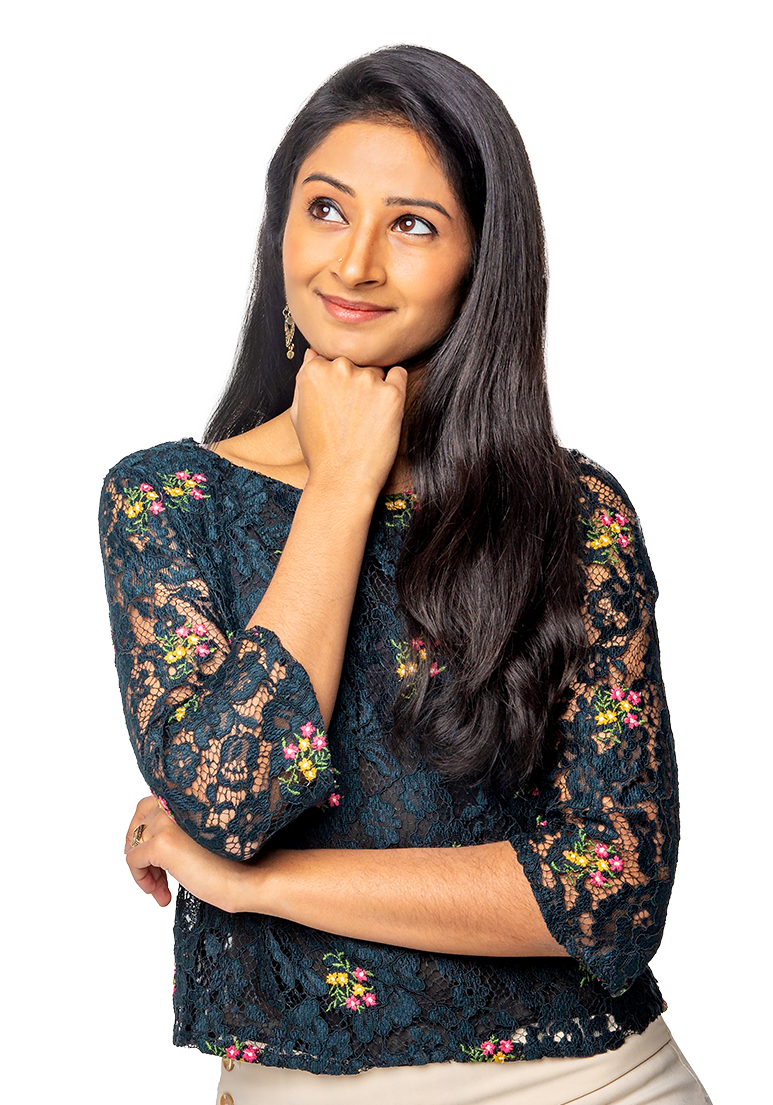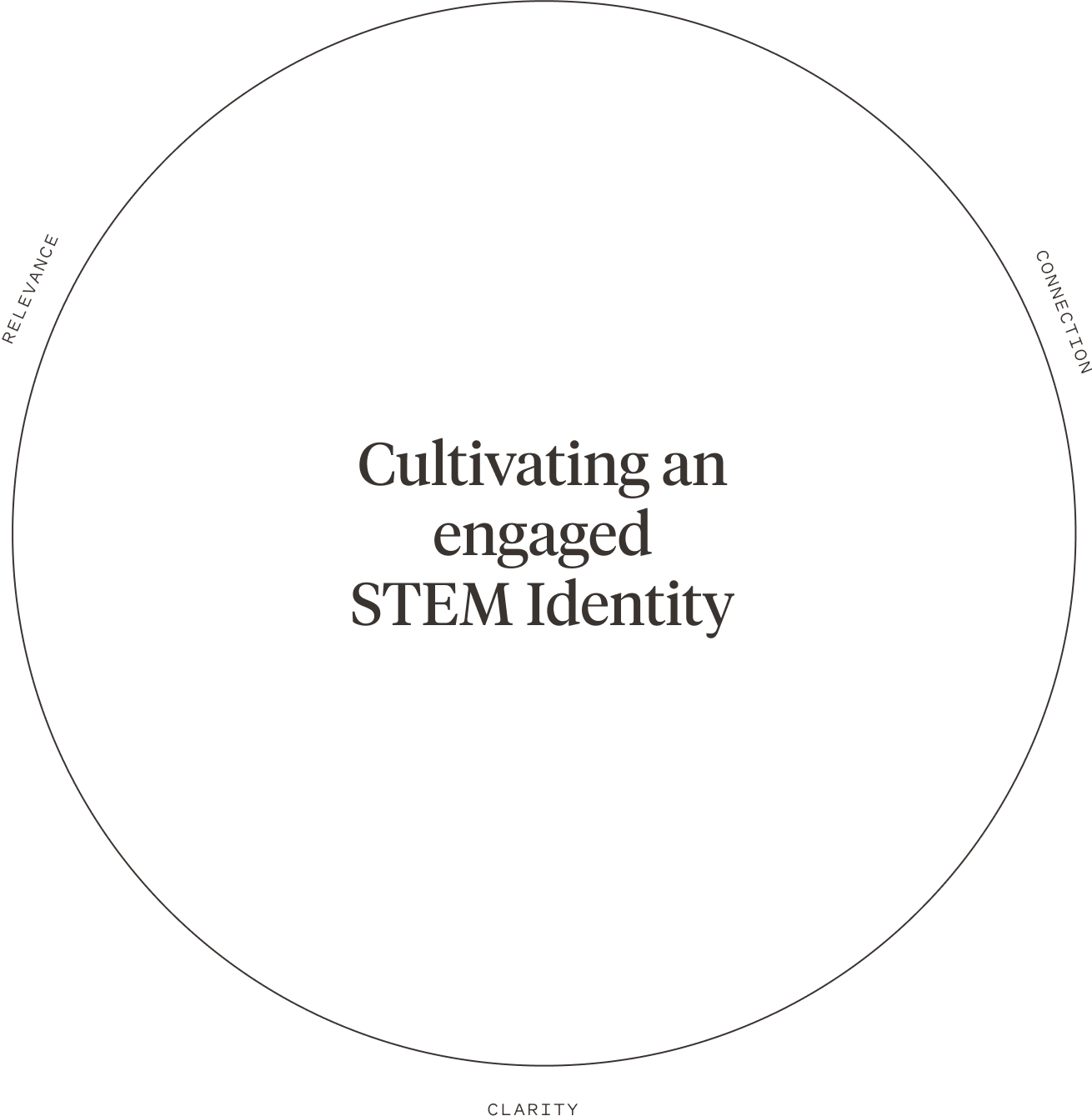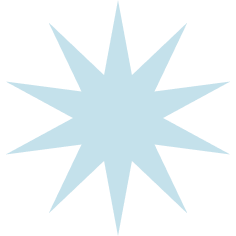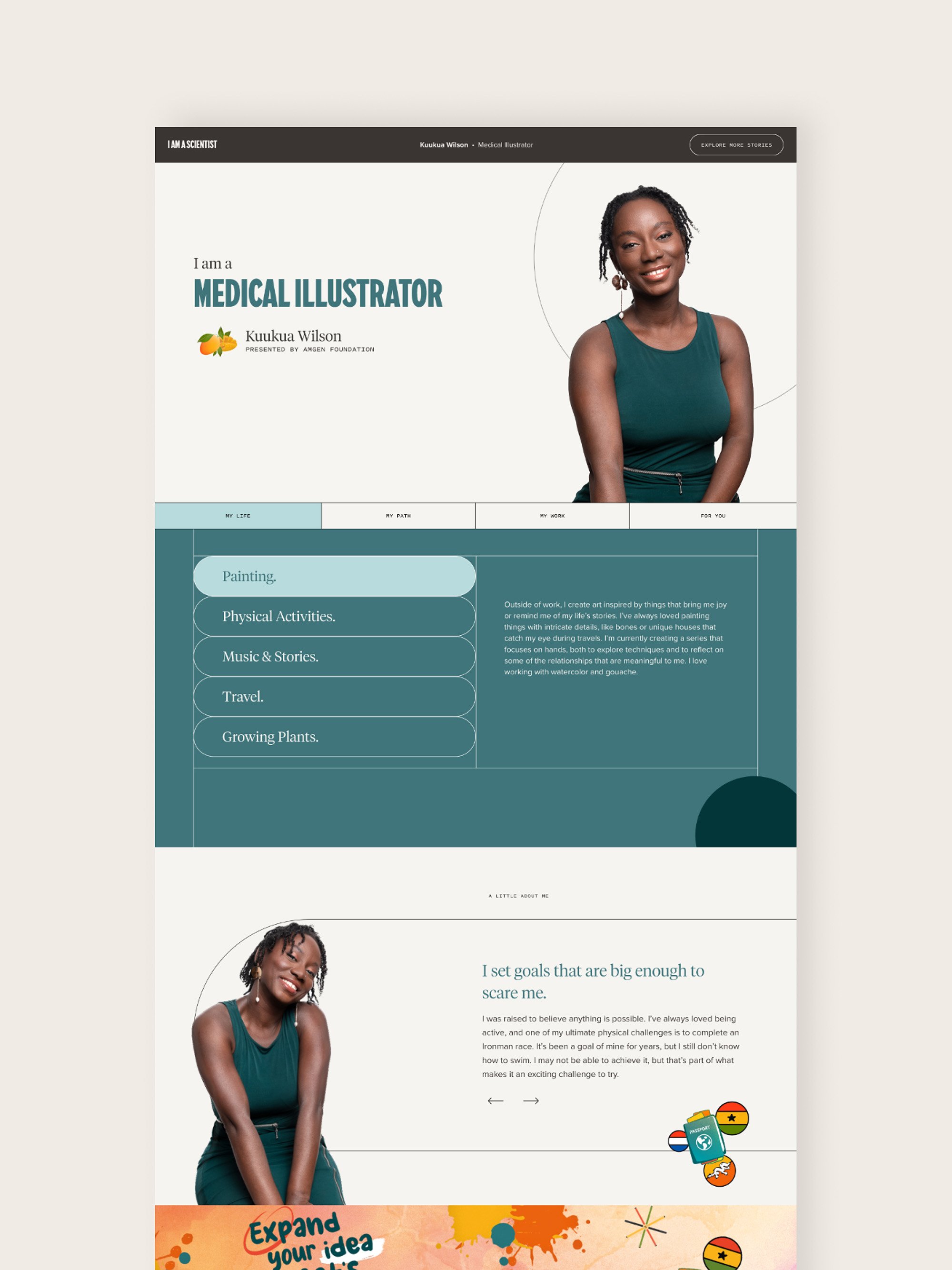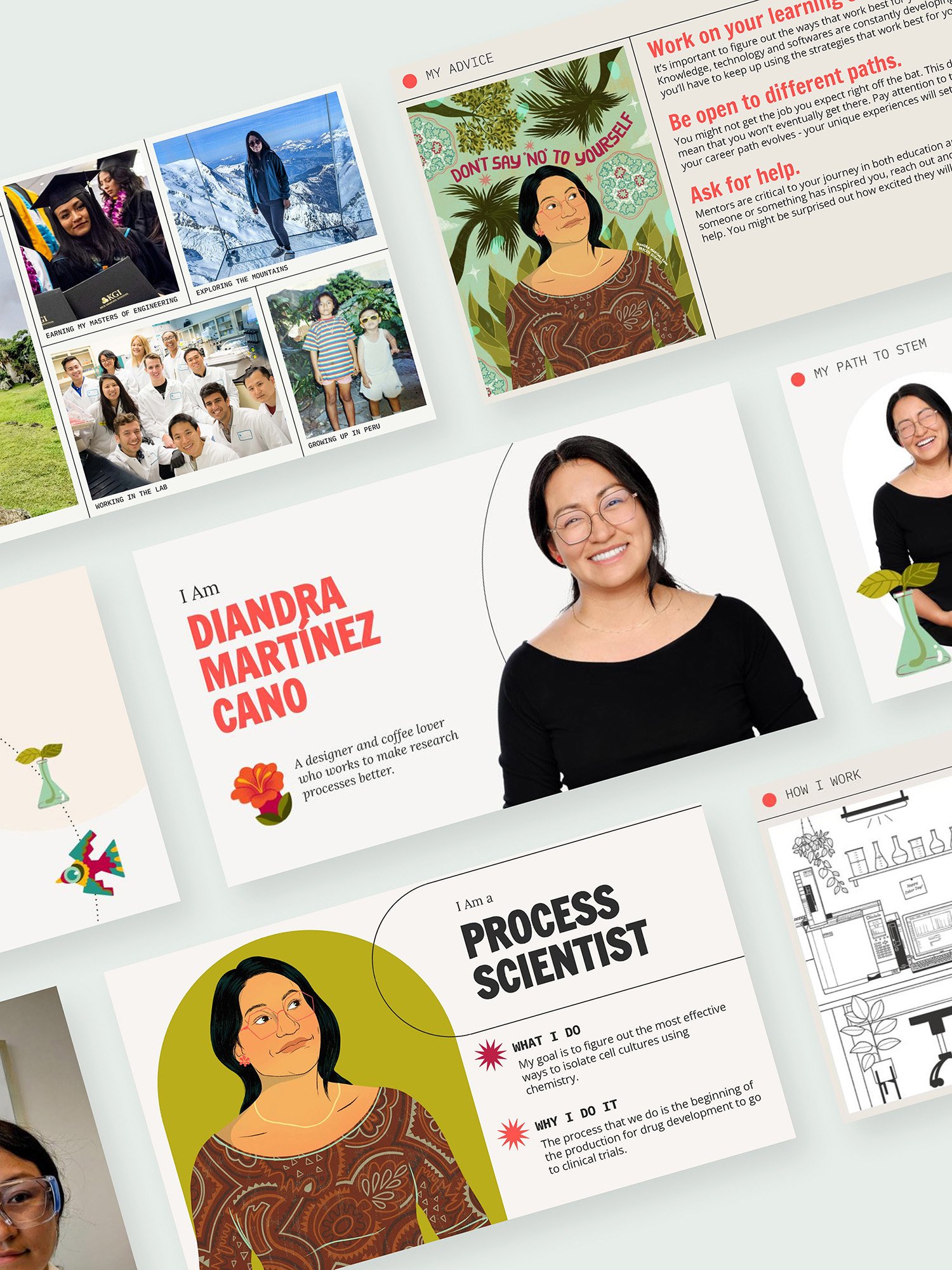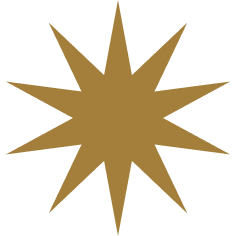Our Vision
& Strategy
Science reflects the biases of society
To counteract the stereotypes and ensure a more equitable future for STEM, we need more classrooms and resources that celebrate the incredible range of personalities, interests, backgrounds, and pursuits that drive discovery and progress.
AN INCLUSIVE WORLDOUR VISION
Our Vision
We dream of a world where every student is able to see themselves in science.
Not every student wants or needs to pursue a career in science, technology, engineering or mathematics (STEM). However - should they choose to - demographics, interests, personality, and socio-economic status should never get in their way.
We're building classroom tools to make STE(A)M careers technically and physically accessible to all students.
EVERY STUDENT DESERVESTO SEE THEMSELVES IN SCIENCE
In the 30 years between 1973 and 2012, 66 black American women earned a PhD in Physics, compared with 22,172 white American men.
This is just one of countless statistics across science, technology, engineering, and mathematics (STEM) fields demonstrating the lack of proportional representation across race and gender.
But unfortunately, the lack of diversity doesn't stop there.
Limited representation and messaging aren’t the only reasons for the lack of diversity in STEM fields.
There is an increasing number of powerful initiatives and campaigns bringing attention to the historical (and contemporary) mistreatment of many groups by STEM professionals, the biases and systemic inequities within scientific institutions, and the all-too-common lack of a healthy and supportive culture for rising scientists. These issues are best addressed by a truly inclusive and diverse community. The “I Am A Scientist” initiative is one small piece of that puzzle.
OBJECTIVES
Our Objectives
We are building and delivering multimedia toolkits to science classrooms nationwide.
OUR TOOLKITSThe toolkits we build tackle three key objectives.
-
When we asked kids to name any scientists they could think of - real or fictional - these are the names they came up with. Not only are real scientists rarely discussed in classrooms, but the fictional ones often follow a set of highly specific and limited characteristics. The statistics suggest that we've created a feedback loop that's going to be hard to break. We tell the whole story to inspire kids to explore new possibilities.
-
We provide teachers, parents/guardians, and informal educators with a Resource Library filled with activities that bridge science and the real world. We’ve collected multiple options so that any classroom can supplement the curriculum with hands-on experiments inspired by researchers they've come to know. By sharing cutting-edge science, we're inspiring students to consider where their curiosities might take them.
-
We lay out the many sometimes-meandering paths that our featured scientists took to get to where they are today. We slip in key nature of science skills and institutional knowledge so that technical details never interfere with a student's chance at success in STE(A)M. We collect, curate, and freely share a digitized database of resources and scientists’ honest breakdowns of what it truly takes to become a scientist in today's world. Science should not be a privilege reserved for the few, but a path that every student can access should they choose to.
PROVIDE PRACTICAL TOOLS
BREAK THE STEREOTYPES
SHARE REAL WORLD SCIENCE
STRATEGY & design
Strategy & Design
We continue to prioritize an iterative and collaborative process to maximize the benefits of this initiative for all.
We have a carefully
crafted approach.
We believe I Am A Scientist addresses a need for connecting the next generation of potential and aspiring scientists to the science and stories of real world researchers that shatter ubiquitous stereotypes.
This need is one small part of a much larger and much more complex tapestry of inequities, injustices, and both systemic and institutional biases at the intersection of science and society.
Our model continues to evolve and expand based on our highly valued conversations with and studying the work of educators, community advocates, and science communicators who are committed to the goal of increasing representation, inclusivity, and accessibility in and of STE(A)M careers for all students. The “I Am A Scientist” initiative aims to serve as one piece of a much larger body of work and strategies produced by leaders across communities to address these issues.
Creating
multidimensional resources
In the past few years, progress has been made to inspire and support more students in the pursuit of STE(A)M careers. The goal of the “I Am A Scientist” initiative is to contribute to these efforts by providing accessible toolkits that humanize and increase the representation of diverse, real world, and multidimensional science and scientists.
In addition to creating original resources, we also aim to centralize and amplify some of the best existing, mission-aligned resources available for students and teachers by serving as a digital gateway.
WHAT’S NEXT
What’s Next
In the three years since work on this initiative began, we have built a long list of ways in which we would like to expand and enhance the initiative.
Up to this point, the initiative has been created and led by volunteers.
Now, we are currently seeking funding and resources to support the following improvements.
Want to help?
Feel free to reach out at hi@iamascientist.info!
Hire a paid team to manage and expand partnerships and resources.
Build out original lesson plans for different age groups designed specifically to align with each scientist’s work.
Invite participating scientists to engage directly with students through live, virtual events and other creative engagements.
Expand the Ambassador Program to identify and provide modifications for students with physical and cognitive disabilities and the educators, parents, or guardians who teach them.
Partner with researchers to expand evaluation and assessment of initiative goals beyond existing efforts.
Translate all materials into additional languages.
Create live, interactive experiences aligned with the program goals for students to explore.
Expand our featured scientists to include a wider range or additional representation of fields (including communications, citizen science, and policy), geographic locations, career paths, sciences in non-Western traditions, people who are neurodivergent, marginalized or underrepresented genders, sexes, identities, and religions, and people with cognitive or physical disabilities.
Expand our Resource Library to include more resources, search terms, and subsections in an easy-to-navigate database.
Expand downloadable resources for educators to include more activities, handouts, and supplementary resources.




